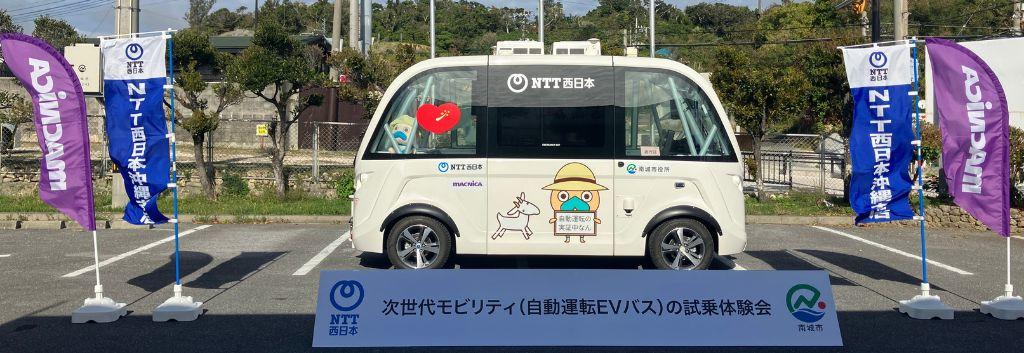
From February 23 to 29, 2024, Macnica conducted a demonstration experiment in Nanjo City, Okinawa Prefecture, linking an autonomous driving EV bus (manually driven) with road-vehicle coordination.
We would like to thank all the attendees and event organizers for their valuable opinions and support.
This column provides a detailed report on the content and results of the demonstration experiment.
Background of the demonstration experiment
In Nanjo City, the challenges of further revitalizing the local community include "maintaining sustainable local transportation for local residents" and "expanding secondary transportation for tourists."
To address these issues, we aim to build a safe autonomous driving mobility system by utilizing new forms of mobility while also utilizing real-time traffic information provided by AI cameras and sensors, enabling safer and more efficient remote monitoring.
Therefore, we conducted a public road demonstration experiment to verify secondary activity, which is a necessary element for realizing Level 4 in the future.
Details of the demonstration experiment
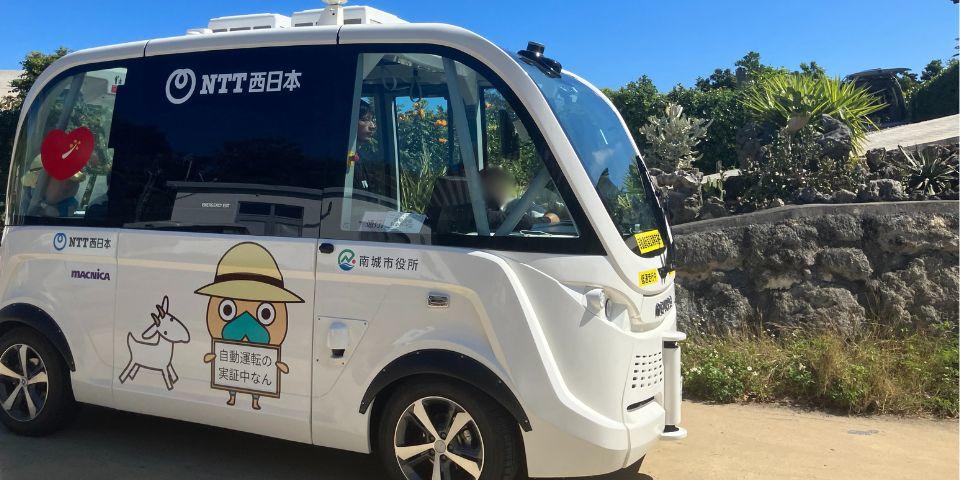
The demonstration experiment was conducted on a 1km one-way section connecting Chinen Cape Park and Sefa-Utaki, a World Heritage Site, targeting local residents and tourists.
For this demonstration experiment, Nippon Telegraph and Telephone West Corporation and NTT Business Solutions Corporation were responsible for the preparation, operation, and effectiveness verification of the experiment, while Macnica prepared and provided the implementation of the autonomous driving EV bus, operation support, and related systems.
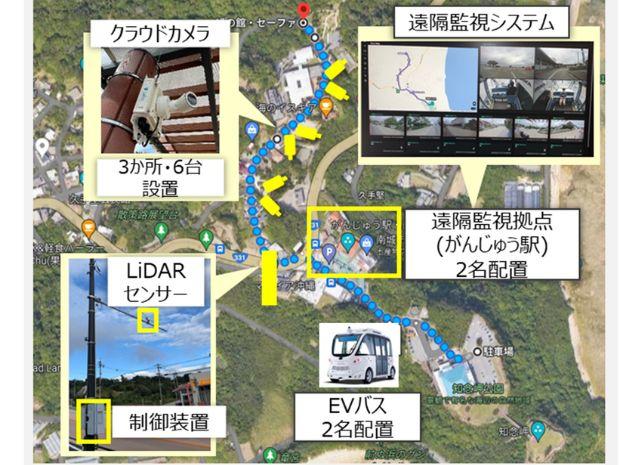
<overview>
Date: Friday, February 23rd, 2024 - Thursday, February 29th, 2024
Time: 10:00-17:00 (7 flights per day)
Route: Round trip route from Chinen Cape Park to Sefa Utaki (1km one way)
Vehicle: Navya ARMA (autonomous driving electric bus)
Capacity: 9 people (excluding the driver)
Fare: Free
The autonomous driving vehicle used was Navya's autonomous driving EV bus "ARMA."
ARMA is an EV (electric vehicle) with a top speed of 19.8km/h. It has no steering wheel, accelerator or brakes, and drives autonomously along pre-determined routes while checking the safety of its surroundings using on-board sensors.
In this demonstration experiment, the vehicle was operated manually to ensure the safety of pedestrians and others.
Although a driver was on board the vehicle, the company also conducted trial operations using "remote monitoring," in which an operator in a remote location manages the operation of the autonomous driving vehicle, in anticipation of future unmanned operation.
Vehicle data (vehicle speed, rotation speed, steering angle, etc.) of the autonomous driving EV bus as it moves, sensor data (location information, camera footage, etc.), and data from cameras and sensors installed along the bus's route are integrated via the cloud and visualized on a display in a remote monitoring room installed at Ganju Station.
By checking the operating status of the autonomous driving EV bus in real time from a remote location, we were able to operate it safely and securely.
Demonstration experiment
Demonstration experiment results
During the seven-day demonstration experiment, 544 questionnaires were collected from passengers.
The survey results showed that there was high demand for travel on the route operated in this demonstration, and autonomous driving bus was also well received in terms of comfort and safety.
If a autonomous driving bus were to run along the same route, would you get on it?
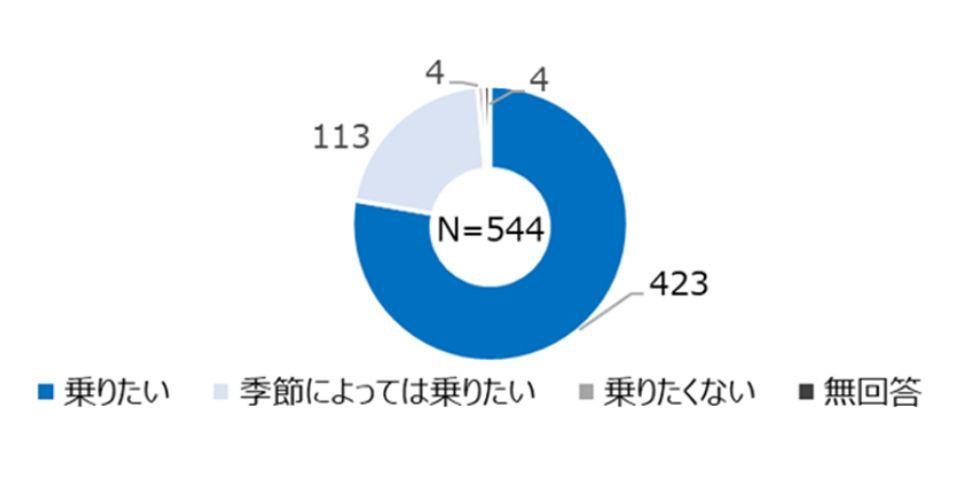
[Results and Discussion]
Since over 98% of respondents said they would like to ride the service or would like to ride it depending on the season, it can be inferred that there is a high demand for travel on the route operated in this demonstration.
How was the bus ride?
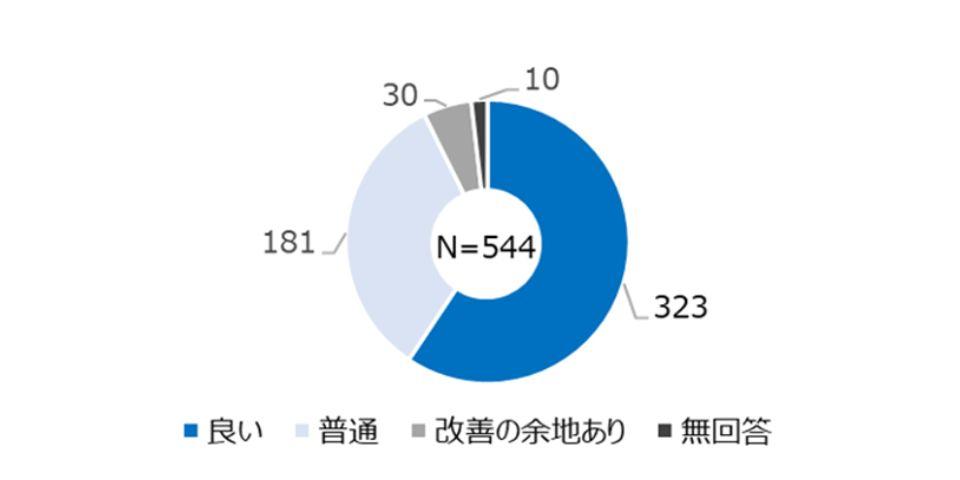
[Results and Discussion]
Since over 92% of respondents answered "good" or "average," it can be assumed that the quality of operation during this demonstration period was at a high level.
Did you feel anxious during the ride?
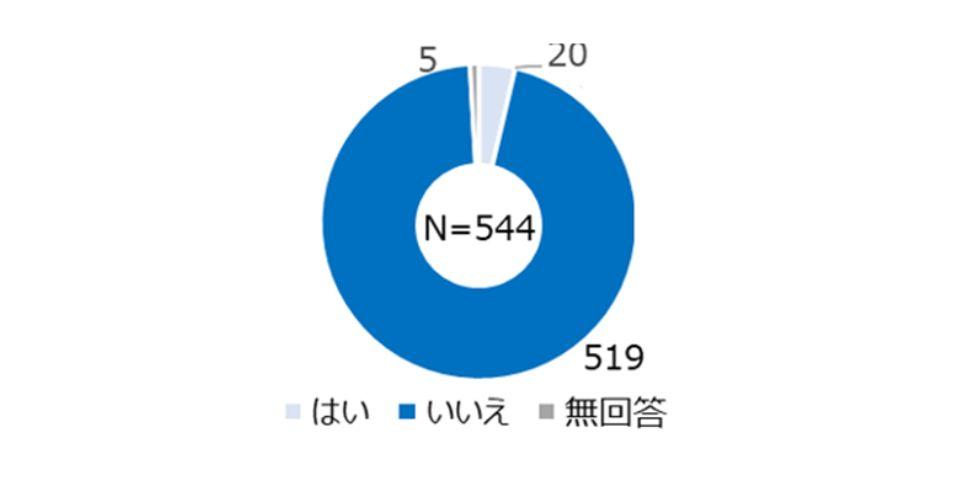
[Results and Discussion]
Since over 95% of passengers felt no anxiety while riding the vehicle, it can be said that the vehicle was operated at a sufficiently safe level in this demonstration.
Given that approximately 5% of passengers felt uneasy while riding the train, it appears there is room for further consideration in improving the quality of service.
Secondary activity demonstration experiment results
Under conditions where the real-time traffic information management system was used to improve safety, we performed actions other than remote monitoring that a remote monitor could perform while an autonomous driving vehicle was traveling, measured the time it took to react to notifications from the real-time traffic information management system and make decisions, and also conducted a survey of the remote monitors.
When searching for information using a smartphone or PC, or checking or replying to emails, participants were able to recognize the notification from the real-time traffic information management system within five seconds, but when it came to web conferences or tasks that placed a certain amount of strain on the brain, it took around 10 seconds.
As a result, meals, searching for information using smartphones and PCs, checking and replying to emails, web conferences (when no comments or explanations of materials were made), and document preparation were all carried out while maintaining the quality of remote monitoring work.

About the future
Based on the results of this demonstration experiment, Macnica will continue to work with Nanjo City and related companies to support the commercialization of autonomous driving services in Nanjo City.
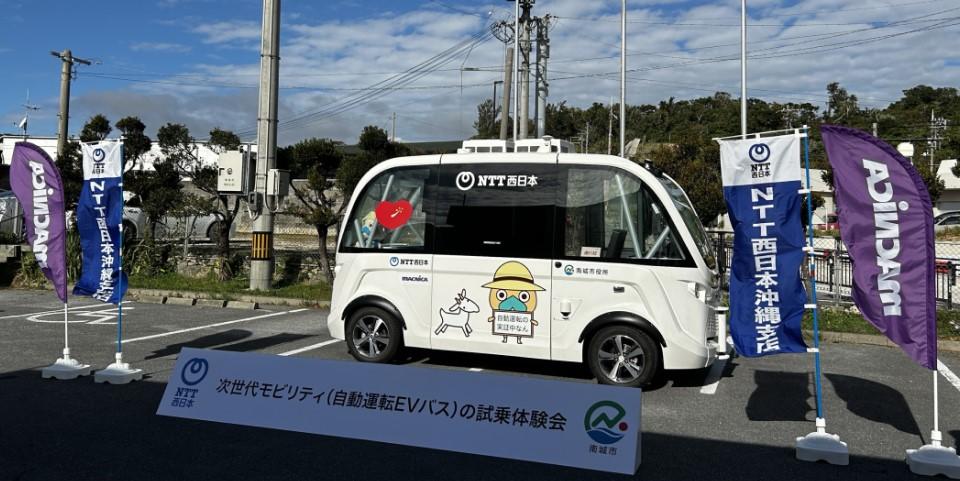
Inquiry
If you have any questions or concerns about autonomous driving, please feel free to contact us using the form below.
